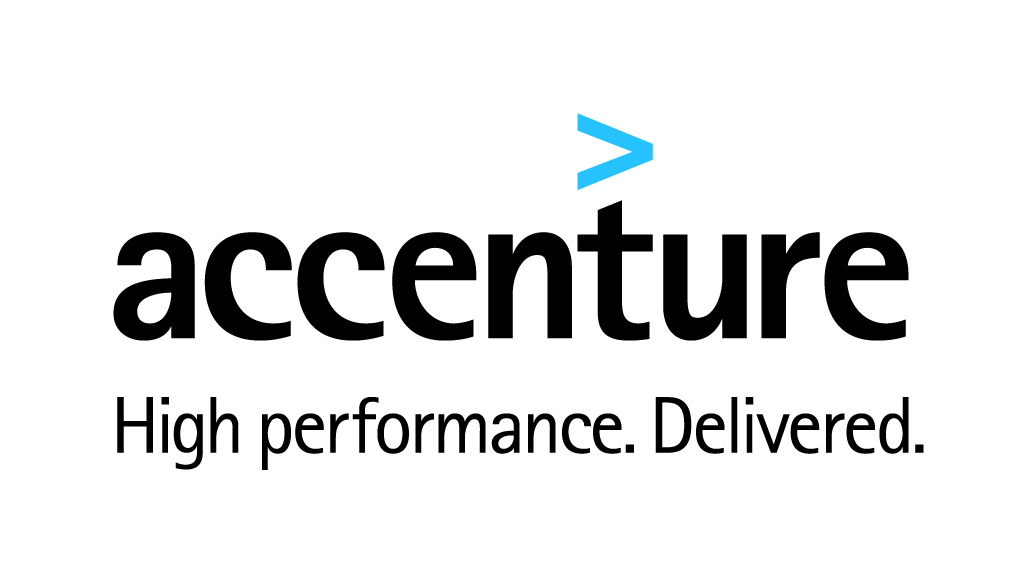Q&A: Youssef Tuma, Accenture
 Youssef Tuma, managing director, Accenture Communications, media and technology, talks to DTVE about his company’s latest research into consumer behaviour and the market impact of changing patterns of content viewing.
Youssef Tuma, managing director, Accenture Communications, media and technology, talks to DTVE about his company’s latest research into consumer behaviour and the market impact of changing patterns of content viewing.
 What are the key changes that are now taking place in the way people view content, according to Accenture’s latest research?
What are the key changes that are now taking place in the way people view content, according to Accenture’s latest research?
Consumers are choosing video over other forms of content, watching all lengths of video on all types of devices, and seeking out video wherever and whenever it is convenient for them. Video will make up 70% of all global internet traffic by 2018*. While the TV set remains the principal device for premium content, overall viewing is rapidly fragmenting across multiple devices and formats. Accenture’s research** shows that the diversity is growing, with more than half of the devices in use for video consumption today being either PCs, tablets, smartphones or other multiplatform devices.
As consumers spend more time watching online videos, short form video is now a firmly entrenched content form supported by a sophisticated ecosystem that rivals more traditional media. At the same time, viewing of longer form video on non-TV devices is growing. Looking forward, consumer viewing of live events on mobile devices out of home is gaining momentum. On demand, time shifting and binge watching on all platforms are trends that are now very much in play, driving a rising need for media companies to understand and leverage context to influence how a consumer selects, engages with and consumes content.
*Accenture Research analysis based on Cisco Visual Networking Index Global IP Traffic Forecast and Service Adoption (2013–2018)
** 2015 Accenture Digital Consumer Survey
What impact will the use of data likely have on the video business and what challenges and opportunities does the availability of massive amounts of data have for content companies?
In the same way that web-scale platform companies constantly mine and leverage data to enhance and target offers, TV and video services need to engage consumers with predictive and personalised interactions based on past behaviour, behaviours of similar consumers, and real-time interactions that create a genuine sense of intimacy for every individual. The collection and interrogation of data can also unlock the power of a creative workforce: a key source of differentiation in the digital market. Once a media organisation becomes more mature with its use of data, it can—and should—be harnessed to better inform decision making about content, from curation to commissioning.
Promoting the collection and consolidating analysis of viewing data, user preferences, recommendations and ratings—as well as data from social media and other sources—can greatly increase the accuracy of decisions to, for example, recommission a second series or new season and support decision making about curation, discovery, and recommendations. This capability is not only contained to consumer applications; the factors that underpin successful digital and social marketing are also all grounded in the ability to gather and use more data more intelligently. Extending digital reach, engineering higher loyalty and elongating the time consumers want to spend on each digital channel visit depends upon an appropriate operating model which, enabled by data, provides video businesses with fresh insights, improved consumer offers and relevant suggestions
How will ‘digital natives’ disrupt the market, how much of a challenge do they pose for traditional media companies and do they have any weaknesses?
‘Born digital’ players such as Google, Amazon, Netflix, and Facebook are vying to become ‘go-to’ providers for the new digital video ecosystem. They’re marshalling their uniquely digital heritage that gives them inherent understanding of how digital consumers behave and what they want, alongside mastery of the capabilities to target and serve them effectively. These digital natives can deliver digital experiences and enable capabilities at global scale. They’re adept at highly personalised targeting, analytics and actionable insight, retail transactions, aggregation and optimised distribution—and can use those capabilities far more effectively and efficiently than (most) video content providers today.
However, traditional content providers such as cable and broadcasters still, for the time being, command a hefty slice of consumer loyalty. Consumers in the 2015 Accenture Digital Consumer Survey trust broadcasters and cable companies more than others to deliver a quality video over the internet service to their TV screen. That loyalty is very important, but it can’t be taken for granted. As technical innovations continue to develop quickly and consumer behaviours continue to evolve rapidly, traditional players have no time to lose in acquiring and developing the new digital capabilities they’ll need to compete in the longer term.
Why is scale so important for media companies as consumption patterns shift? How do you define optimal scale?
Increasing the number of digital subscribers is important in the face of what is likely to be relatively low average revenue per user (ARPU) and a fairly inelastic market for non-aggregated OTT that makes anything other than marginal price increases unlikely to be acceptable. Scale is critical for both ad-driven and subscription digital business models in order to collect sufficient volumes of data that will allow for the creation of meaningfully sized consumer segments to attract marketing budgets whose effectiveness can accountably be measured. Scale is also important in order to collect sufficient amounts of engagement data to create statistically relevant models with significant digital segments that enable high-value capabilities such as hyper-targeting and highly contextualised digital interactions.
Before they decide on which business model they will pursue to compete in a digital world, it is imperative that content providers first implement strategies that will allow them both to acquire and support sufficient scale. This is required to promote significant interactions with their platforms so they can better understand the behaviours of their digital consumer base. Then if they are enabled by cloud platforms, for example, they can harness and handle any unpredictable demand that will underline those interactions.
Which types of traditional media organization stand potentially to gain from the changes taking place and which are more vulnerable? What should the winners do to consolidate their advantages and, conversely, is there anything traditional business who do not want to compete through technology can do to arrest their decline or protect their business?
The ability to engage, retain, and monetise consumers in the digital world requires an efficient operating model that combines agile product development and a strong technology delivery capability. That’s a prerequisite for developing, testing, learning, and reacting to consumer demands as content-based features (discovery, consumption, and interaction) are shipped into digital products.
Content providers and broadcasters face some far-reaching choices. They need to decide—and decide quickly—between two clear strategic options. They may choose to build their own platform (comprising both the right technology and supporting organisation) on which to ride the waves of disruption. If not, they will need to partner with others who possess the relevant capabilities and, in doing so, hone their abilities to successfully and sustainably their content on partner platforms. It’s a highly strategic choice that will determine the future of content providers’ businesses. It is also a choice they need to make very soon—before consumers make it for them.
